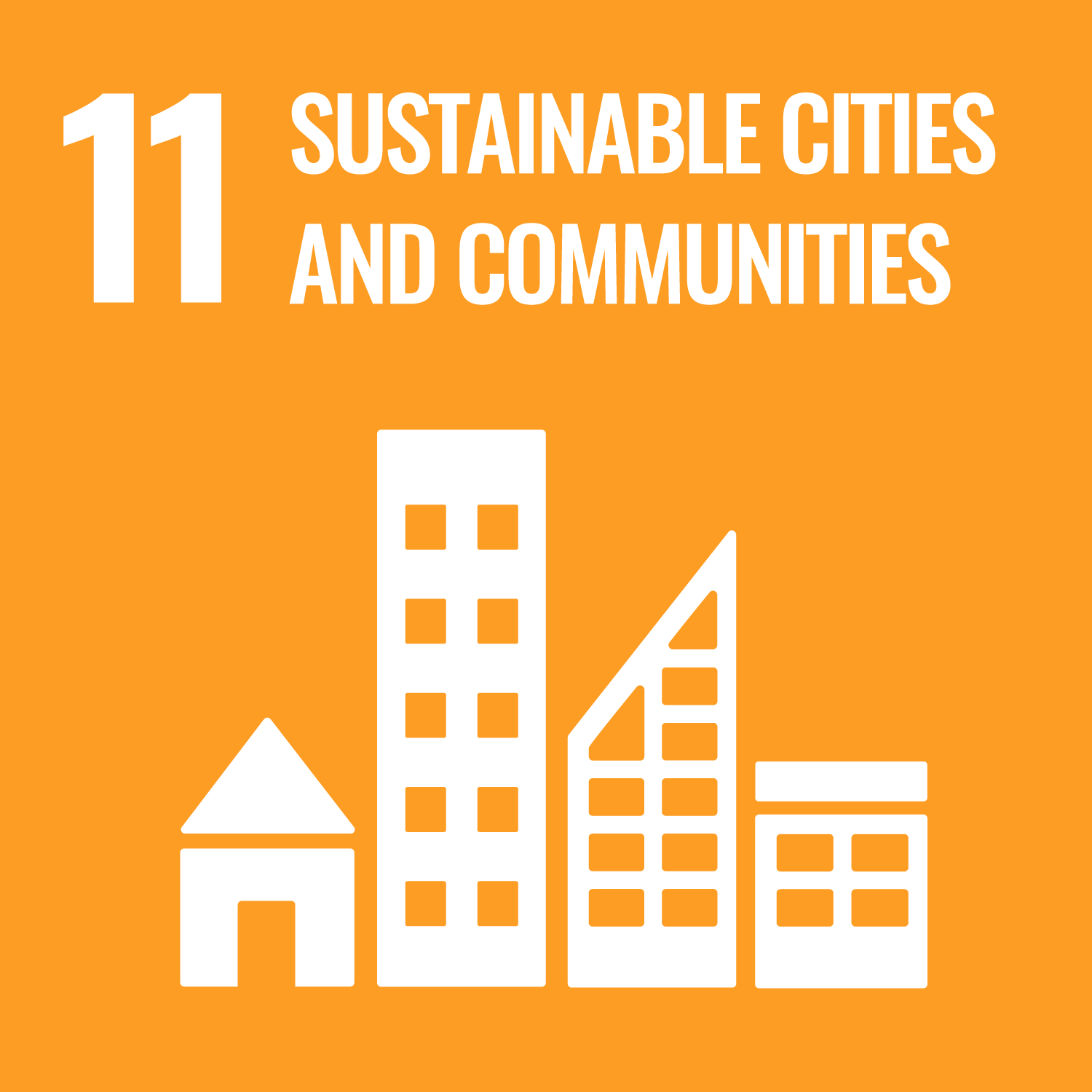ORCID
- Xiaoxiong Xie: 0000-0003-2280-1768
Abstract
Crowdsourced temperature data from citizen weather stations (CWS) in urban area offer valuable insights into intra-urban temperature distribution but are often challenged by a significant number of missing values. Existing gap-filling methods, typically effective for random gaps and low missing rates, are inadequate for the continuous gaps and high missing rates common in CWS recordings. This study introduces a novel data-driven approach to fill these gaps by modelling relationships between CWS data and official weather station (OWS) records during periods of data availability. We evaluate various feature sets and data-driven algorithms, including Multiple Linear Regression (MLR), Random Forest (RF), and Multilayer Perceptron (MLP), using a complete CWS temperature dataset from July 2018 in London. The MLP-based models, which include features such as preceding and subsequent air temperature along with past solar radiation, demonstrate superior performance across various missing data conditions. In the most challenging case, with a missing rate of 70–80% and continuous gaps, the MLP model achieves a Mean Absolute Error of 0.59 °C, a Root Mean Squared Error of 0.73 °C, and a coefficient of determination (R2) of 0.94. The robustness of the MLP algorithm is further validated across multiple complete CWS datasets from different areas in London. This study offers effective strategies for handling common missing data conditions in CWS datasets and serves as a valuable reference for future machine learning applications in urban climatology.
DOI Link
Publication Date
2025-03-01
Publication Title
Building and Environment
Volume
271
ISSN
0360-1323
Acceptance Date
2025-01-20
Deposit Date
2025-02-04
Funding
The work is partly supported by UK China Royal Society -NSFC international exchange fund (IEC\\NSFC\\223541 and 52311530087). MH would also like to express sincere gratitude to China Scholarship Council (CSC) and Cardiff University for providing PhD studentship.
Keywords
Crowdsourced weather data, Data imputation, Gap filling, Machine learning model, Urban heat island, Urban weather observation
Creative Commons License

This work is licensed under a Creative Commons Attribution 4.0 International License.
Recommended Citation
He, M., Luo, Z., Xie, X., Wang, P., Wang, H., & Zapata-Lancaster, G. (2025) 'Gap filling crowdsourced air temperature data in cities using data-driven approaches', Building and Environment, 271. Available at: 10.1016/j.buildenv.2025.112593


